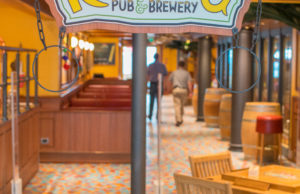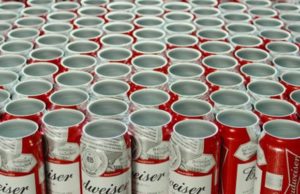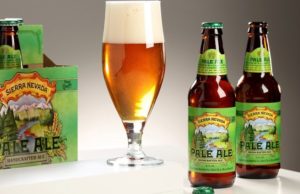Barleywine, A Deceptive Name for a Delicious Beer
By Allen Park on May 2, 2015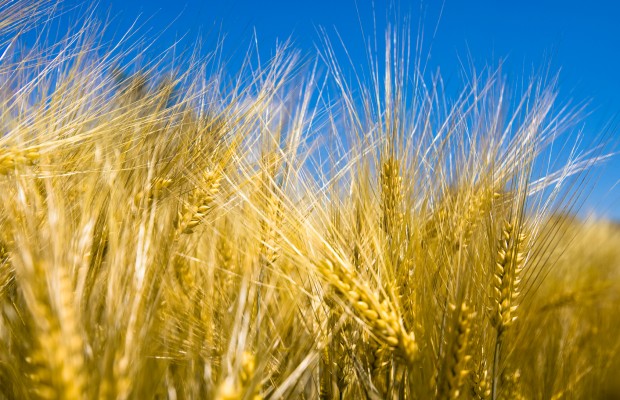
It’s a vast understatement to say that craft beer is a wide and varied medium of styles and substyles. Sure, you know all about the IPA, the Russian Imperial Stout, and the Amber Ale, but what about some of the more obscure styles?
You may have heard the term “barleywine” being uttered at a bar or bottle share and thought, “why are we talking about wine at a beer-centric locale?” That’s technically untrue – the barleywine is an Old World style that’s made a comeback of sorts thanks to the craft beer revolution.
What exactly is a barleywine?
To be precise, the barleywine style belongs in the strong ale category of beers. Typically hovering around the double digits in alcohol-by-volume (hence the “wine” moniker), this style of beer originated in England and is usually dark, sweet, and heavily boozy, with a mouthfeel that could be described as “thick” or “chewy.” Intense, rich, raisiny notes are usually present in barleywines, but that flavor profile can also include incredible amounts of resiny hops.
This is not a beer you chug on a hot summer’s day – barleywines are best drank during the colder months as a warming pick-me-up. These sipping beers taste best slightly warmed up out of the fridge, as the strong alcohol notes dominate the palate if consumed ice-cold. This is the beer analog of a fine brandy or a sweet bourbon.
Are there different styles of barleywines?
Typically you’ll find two distinct substyles of barleywines – American and English. The differences are small but distinct.
American
American Barleywines are usually intensely hopped for a more hop-forward flavor profile. They’re usually higher in ABV, with tasting notes that are more unbalanced and in-your-face. It’s not an imperial IPA level of bitterness, but hops are the star. Some examples include:
● Old Ruffian, Great Divide Brewing, Denver, CO: A thick barleywine with an incredibly malty backbone brought together by an intense hop afterbite.
● Bigfoot Ale, Sierra Nevada Brewing, Chico, CA: The quintessential American barleywine. Hop-forward, extremely herbaceous and sweet, and deliciously raisiny as it warms up.
● Old Horizontal, Victory Brewing, Downington, PA: A combination of fruit, toffee, and hop characters make up this robust amber barleywine from PA.
English
English Barleywines are the more balanced of the two, with less of a hop presence and more emphasis on the fruit and malt notes. While both of these can exhibit the same strong flavors, in terms of drinkability and smoothness, English Barleywines usually have the US incarnations beat. Examples include:
● Old Foghorn, Anchor Brewing, San Francisco, CA: Arguably the first English barleywine ever brewed in America, this decades-old beer is a barleywine institution to this day, a creamy rich barleywine with a flavor profile dominated by figs and burnt sugar notes.
● Sucaba, Firestone Walker, Paso Robles, CA: Aged for a year in used bourbon barrels, this ale ranks #1 on Beer Advocate’s list of top English Barleywines – and with a decadent brandy-esque characteristic, deservedly so.
● Mirror Mirror, Deschutes Brewing, Bend, OR: A heavy malt backbone on this dark amber barleywine results in dark stonefruit and boozy bread pudding notes that dominate the palate.
● Bourbon County Brand Barleywine, Goose Island Beer Co, Chicago, IL: Another barleywine aged in bourbon barrels, this stellar ale pours incredibly thick with a complex flavor profile that invokes notes of fig, caramel, charred oak, and tobacco.
With all that said, however, these days there is so much cross-pollination and hybridization that you’d be hard-pressed to find a true English or American Barleywine being brewed in the United States. Some of the best so-called American Barleywines have incredible caramel and toffee notes while some outstanding English Barleywines have a thin malt backbone that gives out underneath all of the hop presence.
Be they American or English, the barleywine style is a complex, strong ale that further reinforces beer as an intricate, meticulously crafted alcohol similar to wine. Purchase a few of these bottles and hold a tasting – you’ll be surprised at how enjoyable these sipping beers can be.
Related Posts
 Anthony Bourdain: craft beer is turning people into zombies
Anthony Bourdain: craft beer is turning people into zombies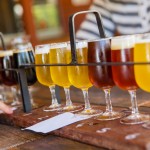 Meet Jennifer Balik: Cicerone Certified and an Expert in All Things Beer
Meet Jennifer Balik: Cicerone Certified and an Expert in All Things Beer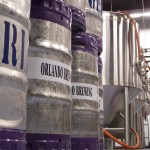 Orlando Brewing: The Organic Microbrewery Where Age-Old Tradition and Contemporary Craft Beer Meet
Orlando Brewing: The Organic Microbrewery Where Age-Old Tradition and Contemporary Craft Beer Meet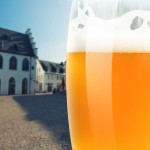 Why Sour Beers’ Growth Can’t be Stopped
Why Sour Beers’ Growth Can’t be Stopped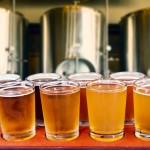 Micro-Brewery Scene in Torrance, CA-One of the Highest Micro-Brewery Populations in the Nation
Micro-Brewery Scene in Torrance, CA-One of the Highest Micro-Brewery Populations in the Nation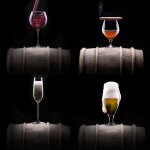 What Makes a Beverage “Craft?”
What Makes a Beverage “Craft?”
You may also like...
-
-
 Genie Davis | September 10, 2015
Genie Davis | September 10, 2015
-
 Cheryl Fallon | November 4, 2015
Cheryl Fallon | November 4, 2015
-
 Kristine Abrams Gresh | December 16, 2014
Kristine Abrams Gresh | December 16, 2014
-
 cbadmin | March 21, 2017
cbadmin | March 21, 2017
-
 cbadmin | March 16, 2017
cbadmin | March 16, 2017
Organic Wine, the future of wine, and why vintage 2017 is looking so good.
-
 cbadmin | March 15, 2017
cbadmin | March 15, 2017
-
Related Stories

Craft Beer and BBQ Pairings
Administrator | August 18, 2017Original article can be viewed here. By: AARON GOLDFARB There’s nothing quite like drinking a cold one by a hot grill or smoker. Forget mac ‘n’ cheese or potato salad,...

Warm Beer? Don’t Fear! Give CrushBrew Your Ear We’ll show you a 5min cooling method
Administrator | May 30, 2017By Sam Hill You’re headed to a pool party and you make a stop to pick up your favorite craft beverage to share with your pals. However, you live...
Tags
crushbrew featured home craft beer brew brewer Wine Brewery breweries drink winemaker vineyard winemakers wineries Winery Craft Beer pub cocktail cocktails spirits recipe distilled distiller and distillery distilleries crushbrew hottopics mixologist Crushbrew Feature Craft Distilled Spirits mixed devoted to the craft Hudson Valley food artisan Hard cider Organic Beer CrushBrew Craft Beverage Festival whiskey Hard Apple Cider Artisan Bread

